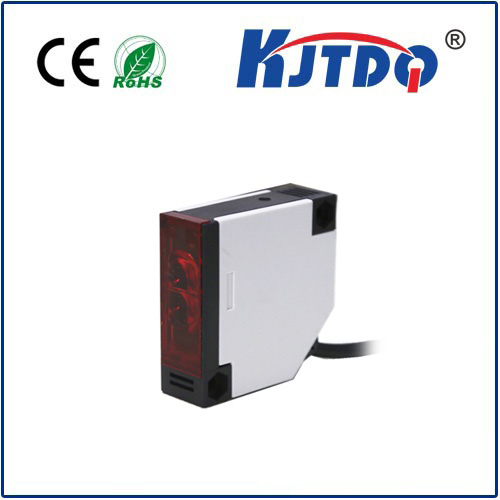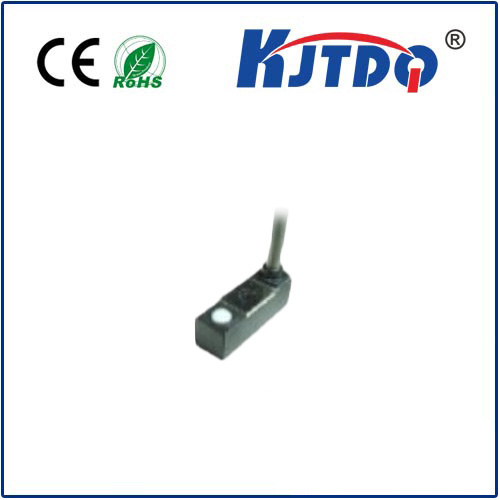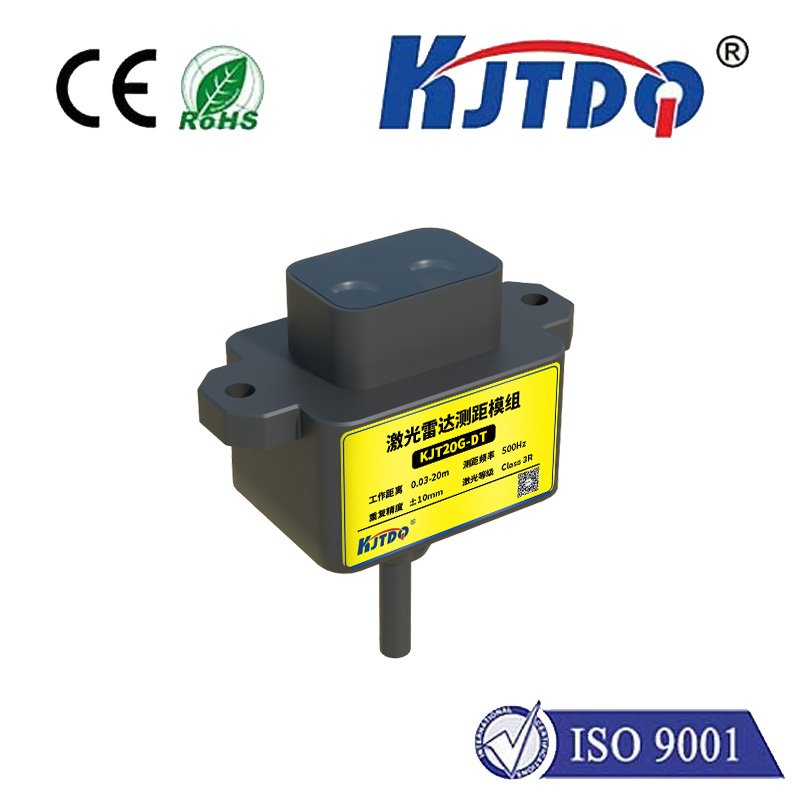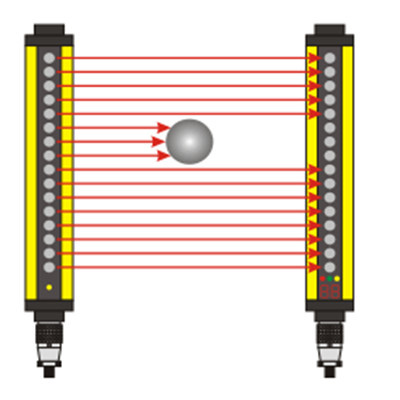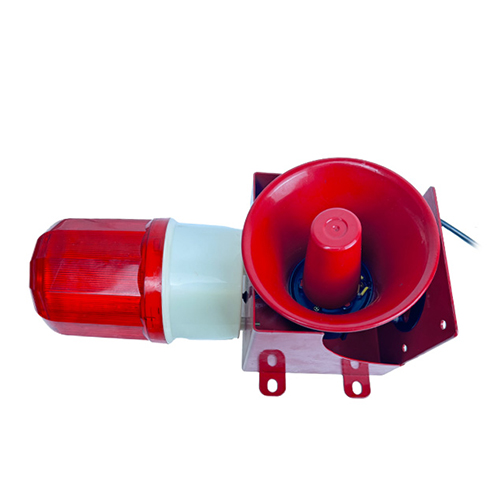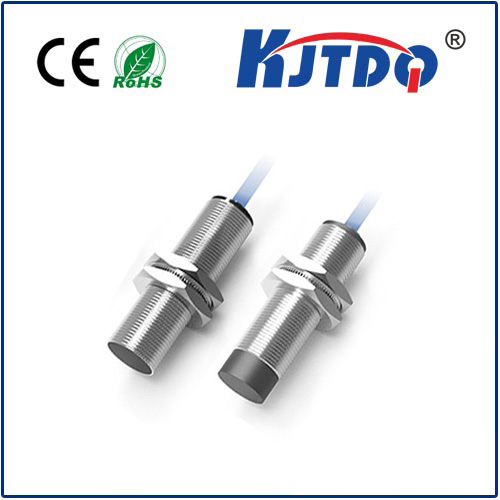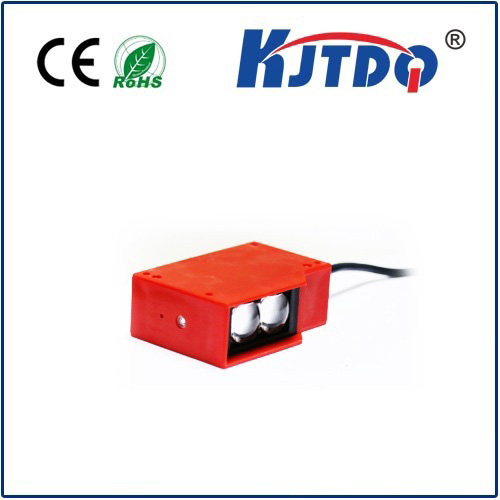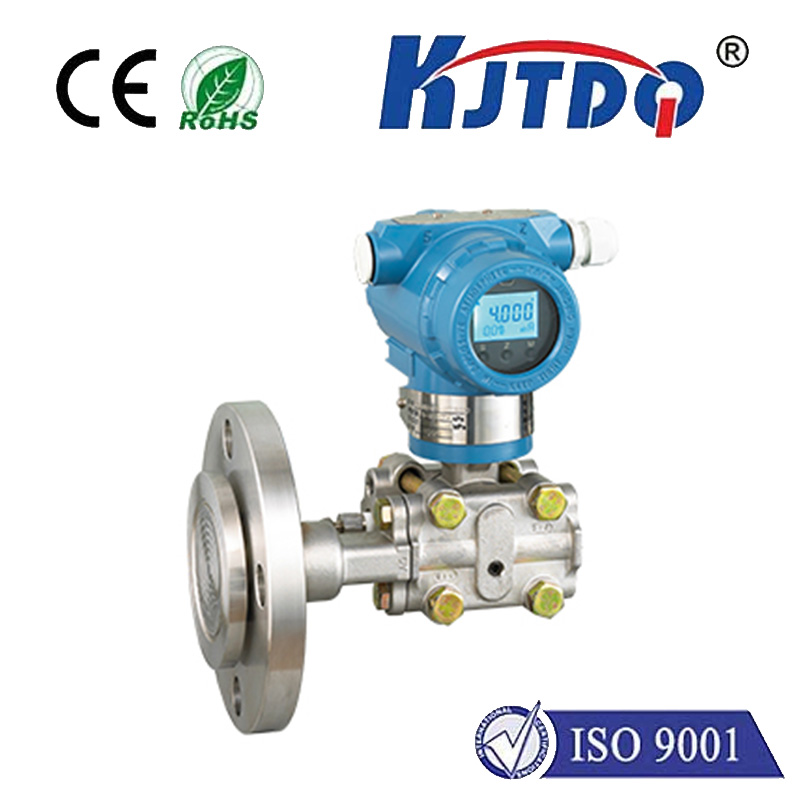fiber optic biomedical sensors
- time:2025-08-15 03:48:34
- Нажмите:0
Fiber Optic Biomedical Sensors: Illuminating Healthcare’s Future
Imagine monitoring critical health parameters deep inside the human body with pinpoint accuracy, in real-time, using nothing more than a hair-thin strand of glass. This isn’t science fiction; it’s the rapidly evolving reality powered by fiber optic biomedical sensors. These sophisticated devices leverage the principles of light transmission through optical fibers to revolutionize how we diagnose, monitor, and understand human health, offering unprecedented capabilities far beyond traditional electrical sensors.
The Core Principle: Light as the Messenger
At their heart, optical fibers are incredibly thin strands of ultra-pure glass or plastic. They guide light over long distances with minimal loss, using a principle called total internal reflection. Fiber optic biomedical sensors manipulate this guided light – its intensity, wavelength (color), phase, or polarization – in response to specific biological or chemical stimuli in their environment. When light interacts with a biological sample (like blood, tissue, or a specific analyte) near or within the fiber, its properties change. Sophisticated detectors analyze these subtle light changes, translating them into precise measurements of physiological parameters.
Why Light? Key Advantages Driving Adoption

The shift towards optical sensing in medicine isn’t arbitrary. These sensors offer compelling advantages that directly address limitations of conventional methods:
- Inherent Safety and Biocompatibility: Optical fibers are primarily made of inert silica glass or biocompatible polymers. They carry light, not electrical currents, eliminating risks of electrical shock or interference with delicate biological signals (electromagnetic interference immunity). This makes them exceptionally safe for in vivo (inside the body) and in vitro (outside the body) applications.
- Minimally Invasive Monitoring: The tiny size and flexibility of optical fibers enable minimally invasive procedures. Sensors can be integrated into catheters, endoscopes, needles, or even implanted devices, accessing hard-to-reach areas like blood vessels, the brain, the heart, or deep tissues with reduced patient trauma and infection risk. Real-time physiological monitoring becomes feasible with minimal disruption.
- High Sensitivity and Precision: Modern photonics allows detection of incredibly minute changes in light properties. This translates to extraordinary sensitivity, enabling the detection of trace amounts of specific biomarkers, subtle changes in tissue properties, or tiny physiological shifts often undetectable by other means.
- Multiparameter Detection Capability: A single optical fiber strand can incorporate multiple sensing points along its length or utilize different light properties simultaneously. This enables simultaneous multiparameter sensing (e.g., measuring pressure, temperature, pH, and oxygen concentration at the same location), providing a comprehensive physiological snapshot.
- Distributed Sensing Potential: Certain fiber optic sensing techniques (like Optical Frequency Domain Reflectometry - OFDR) allow sensing continuously along the entire length of the fiber. This unique distributed sensing capability is invaluable for monitoring strain or temperature over large areas of tissue or along implants, mapping physiological changes over extended regions.
- Chemical Specificity: By employing specific coatings or functionalizing the fiber surface with bioreceptors (antibodies, enzymes, DNA), sensors are engineered for highly selective detection of target molecules like glucose, lactate, specific proteins, or pathogens, enabling precise diagnostics and biomarker tracking.
Diverse Applications Transforming Patient Care
The unique capabilities of fiber optic biomedical sensors are unlocking a wide array of clinical and research applications:
- In Vivo Physiological Monitoring: Continuous monitoring of vital signs like blood pressure (intravascular or intracranial), blood flow (Doppler flowmetry), temperature gradients, and tissue oxygenation levels within critical organs during surgery or intensive care.
- Point-of-Care Diagnostics: Rapid, sensitive detection of disease biomarkers in blood, saliva, or other bodily fluids using compact, portable fiber optic biosensors, enabling faster decision-making at the patient’s bedside.
- Early Disease Detection: High-sensitivity detection of cancer biomarkers or neurological indicators at very low concentrations, holding promise for significantly earlier diagnosis.
- Glucose Monitoring: Development of minimally invasive or potentially implantable optical sensors for continuous glucose monitoring, improving diabetes management quality of life.
- Cardiovascular Monitoring: Precise pressure measurement inside the heart chambers (intracardiac pressure) and major blood vessels using fiber optic pressure sensors integrated into catheters.
- Neuromonitoring and Neural Interfaces: Investigating brain activity (using near-infrared spectroscopy - NIRS) and developing novel optical interfaces for neural stimulation and recording with high spatial resolution.
- Endoscopic Imaging and Sensing: Enhancing endoscopic procedures by integrating microscopic imaging capabilities (confocal microscopy, OCT) and localized sensing directly onto endoscopic probes.
- Drug Delivery Monitoring: Tracking the release and distribution of therapeutic agents within tissues using functionalized optical fibers.
- Tissue Engineering: Monitoring cell growth, scaffold degradation, and mechanical properties within 3D tissue constructs in real-time.
Challenges and the Path Forward
Despite their immense promise, challenges exist. Optimizing the biocompatibility and long-term stability of sensor coatings for chronic implants requires ongoing research. Ensuring robust signal transmission and minimizing noise in complex biological environments is crucial. Developing cost-effective, scalable manufacturing processes for complex sensor designs remains an area of focus. Integrating sensing fibers seamlessly into clinical workflows and ensuring user-friendly data interpretation interfaces are also key for widespread adoption.
Research is intensely focused on overcoming these hurdles. Advancements in nanomaterials for enhanced sensitivity and specificity, development of novel fiber types like photonic crystal fibers (PCFs) offering unique light-guiding properties, sophisticated signal processing algorithms, and microfabrication techniques for creating ultra-miniaturized sensors are pushing the boundaries. Wireless integration adds further potential for continuous, remote patient monitoring.
Conclusion: A Luminous Horizon
Fiber optic biomedical sensors represent more than just a technological advancement; they signify a paradigm shift in healthcare diagnostics and monitoring. By harnessing the power of light, they offer remarkable sensitivity, inherent safety, and the potential for minimally invasive, real-time, and multiparameter measurement deep within the living body. While challenges remain on the path to ubiquitous clinical use, the relentless pace of innovation ensures that these tiny conduits of light will continue to illuminate the future of medicine, enabling earlier diagnoses, more personalized treatments, and fundamentally improved patient outcomes. The era of light-guided healthcare has truly dawned.

